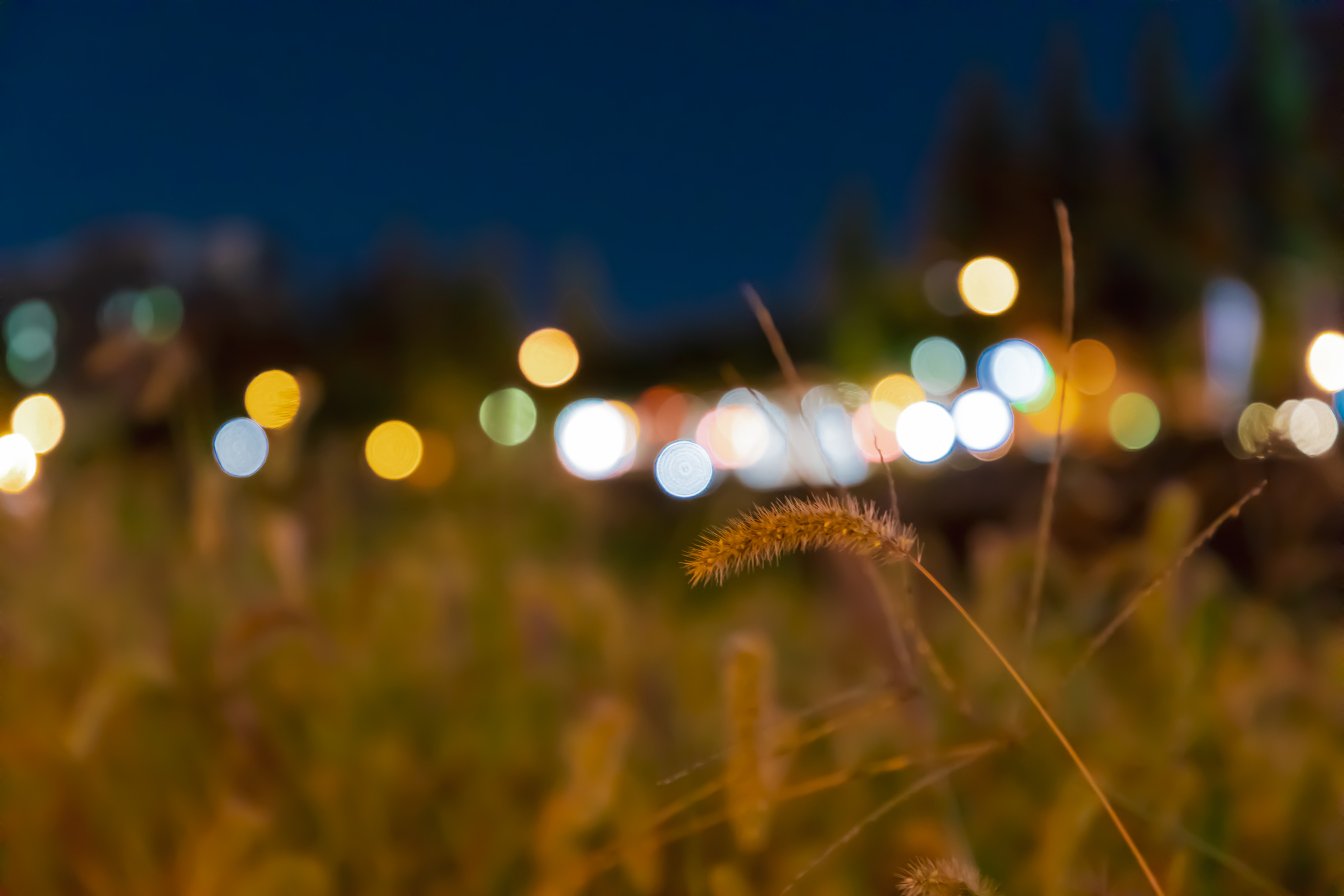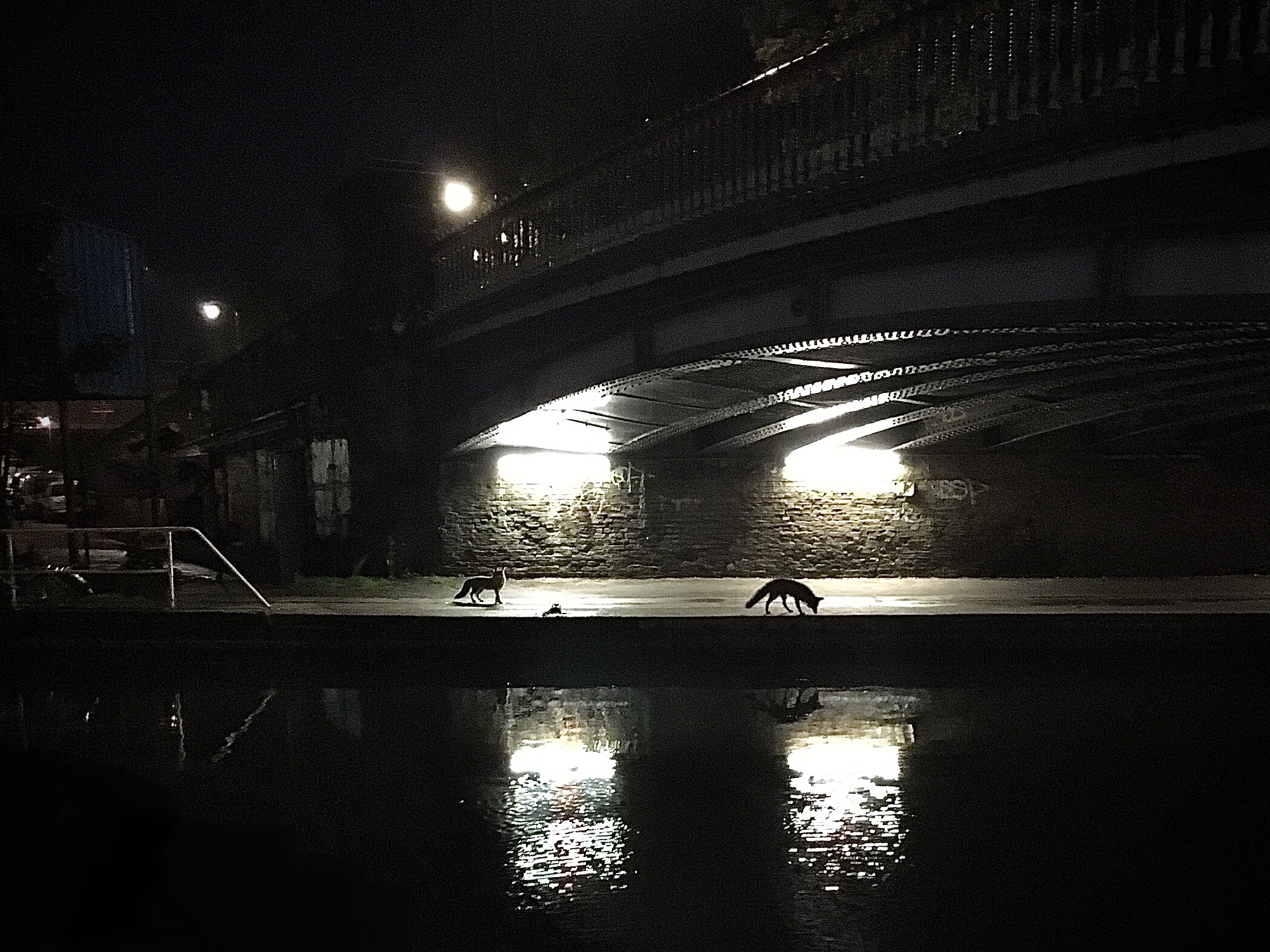Dr Colleen Miller, guest editor of the latest Philosophical Transactions B issue, tells us about the background and content of the new theme issue.

The latest issue of Philosophical Transactions B considers how light pollution can impact complex communities across the globe, and what we still need to know about this spreading environmental disturbance. In this blog post, Guest Editor Dr Colleen Miller (University of Minnesota Institute on the Environment) discusses the cutting-edge work on light pollution’s complex implications that we highlight here.
Light pollution is the brightening of the environment by human-made lights. Often light pollution is defined by the intent of the light, with light escaping the intended place or time termed a pollutant. However, any light that unnaturally brightens the environment can be considered light pollution, depending on perspective. Nighttime light displays might be intentional as decoration or monuments to reverence but might still have environmental impacts of a pollutant. Light pollution is spreading further across the corners of the globe, and it is also becoming brighter over time. Slowly, we are starting to witness a loss of night, which might have snowballing implications for humans and other species.
Most of what we know about light pollution comes from the study of ‘artificial light at night’ (ALAN), which is typically electrically-powered light used at night. ALAN is critical for many modern-day human societies, with cultures and economies dependent on the use of nighttime lighting. And this light has opened up the "nocturnal niche" for people who might be active around the clock. However, ALAN comes at a cost to many of us. It can harm human health through hormonal changes, increase of disease prevalence like cancer, malaria and heart disease, and changes to natural behaviors like sleep timing. There is evidence that ALAN and light pollution affect our biology in many ways, from cellular and tissue function to our interactions with other people.
While a lot of these impacts on humans come from light inside buildings and cities, artificial light at night can pollute natural communities, too. Only a small fraction of light that we turn on is actually seen by people: the rest escapes into the environment as a pollutant. In our new issue of Philosophical Transactions B, research teams explore the effects and complexity of this issue for ecosystems around the world.
Recently, there has been an explosion of scientific research on the effect of light pollution on our neighbouring organisms. And over the past few decades, researchers have built a library of knowledge on how light pollution might affect an organism’s physiology and behaviour. For example, previous work has unveiled the impacts of coastal light on nesting sea turtles, night lights in migration pathways of birds and the clash of artificial light and urban firefly displays. But we still need more information about the bigger picture: how does light pollution drive change at an ecosystem scale? What is the complexity that we have missed so far? This issue tries to answer some of these questions.

Light pollution has few boundaries, and high-level implications
Light pollution can change natural processes in many ways in part because there are many forms of light pollution. In this issue, studies seek to understand how different types of pollution might affect natural communities and ecosystem processes. For example, light pollution may be perceived as ‘sky glow’, which is the cumulative increased illumination of the night sky. But many of us might think of light pollution as the many point sources that we see during the nighttime, like streetlamps or open windows. These different types of light can affect different organisms and communities differently, with some organisms vulnerable to the effects of skyglow, while others, such as large mammals, only respond to point sources.
Recently, the study of light pollution biology has accelerated with an explosion of effort in the past decade. This is an exciting time to dive into the topic, but because the number of studies continues to balloon, it is critical to initiate a broader conversation on methodology. For example, Dr. Brett Seymoure and colleagues propose a framework to study more complex relationships under artificial light at night. Similar to other frameworks for global change research (e.g. here and here), this issue includes several perspectives on how to responsibly and efficaciously investigate how light pollution affects the planet.
The techniques scientists use to understand how light pollution affects natural systems at a broader level (like species interactions, community effects or even whole ecosystem implications), continue to evolve. Our introductory article provides a nice overview of the new ways ecologists are thinking about this problem, while several authors investigated different axes of environmental light pollution, like length of nighttime illumination or insights from longer-term studies. A combination of experiments, natural systems observations and modelling will provide more holistic insights into the ecology of light pollution as the world continues to lose the natural night.
Light pollution is one of many threats and disturbances to global systems
Light pollution is quickly invading many corners and systems across Earth. Scientists in this issue alone discussed significant impacts across the tree of life. Studies included terrestrial, aquatic and marine invertebrates, soils, plants, mammals, humans and coral systems. Notably, scientific interest has focused on terrestrial insects, since light pollution may be a cause of the “insect apocalypse” (global decrease in insects). Given that different types of light pollution can affect insects and their networks, this type of work is important to understanding the ecology of the Anthropocene, and what we might need to do about these changes.
There are many ways we can mitigate light pollution to help conserve natural environments and prevent harm to ourselves and other organisms. Reducing the intensity, or brightness, of light may be somewhat helpful but, increasingly, evidence suggests that even very dim artificial light at night can have an impact. Turning off lights for part of the night is another option, although studies have found that this may not be a silver bullet either, with some investigations describing it as having potential, but not without ecological impact. It is likely that one strategy may not fit all systems. For example, Hölker and colleagues suggest keeping lights away from freshwater communities in order to conserve these critical intersection points for ecosystems. However, they underline that this novel form of light may form novel communities, with many impacts still unclear.
What may be simplest, may also be true: turn off the lights!

Visit our website to read more content from Philosophical Transactions B, or to find out how you can become a Guest Editor for the journal.
Images:
Clouds illuminated by artificial light at night above Lütschinental, Switzerland © Alessandro Della Bella
Grass and lights © kwangho kim/iStock
Foxes © Dan Pratt/iStock





